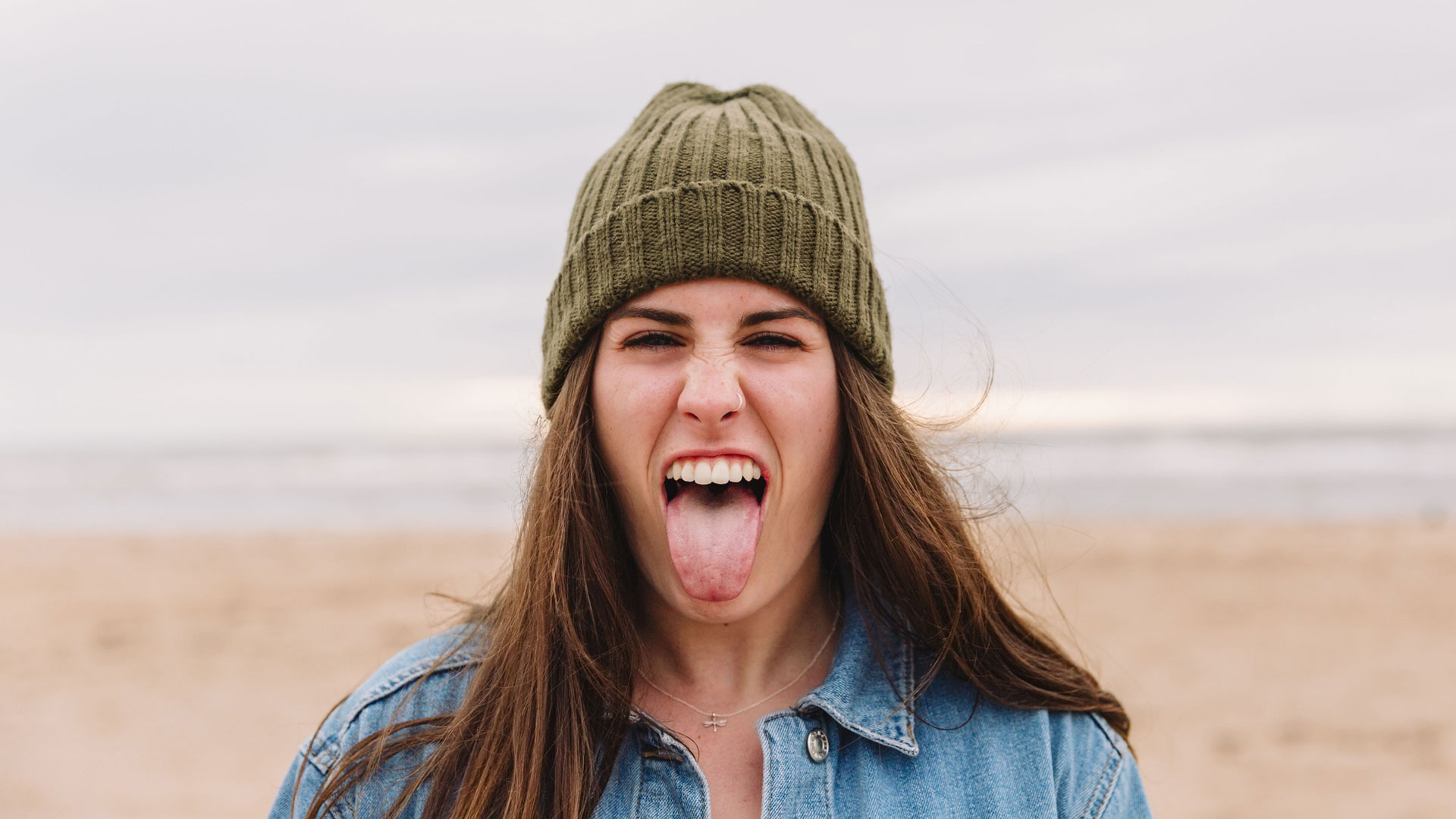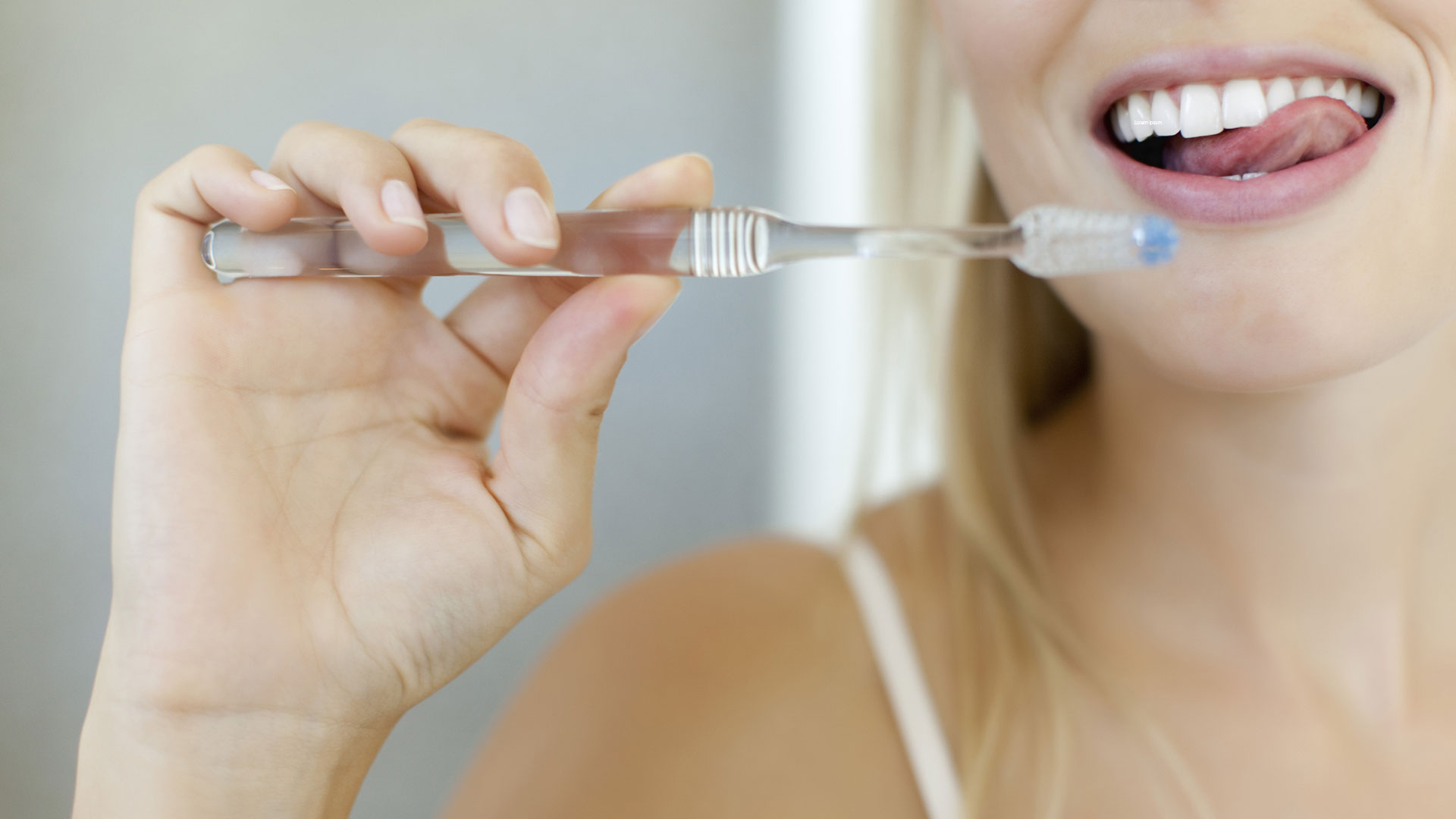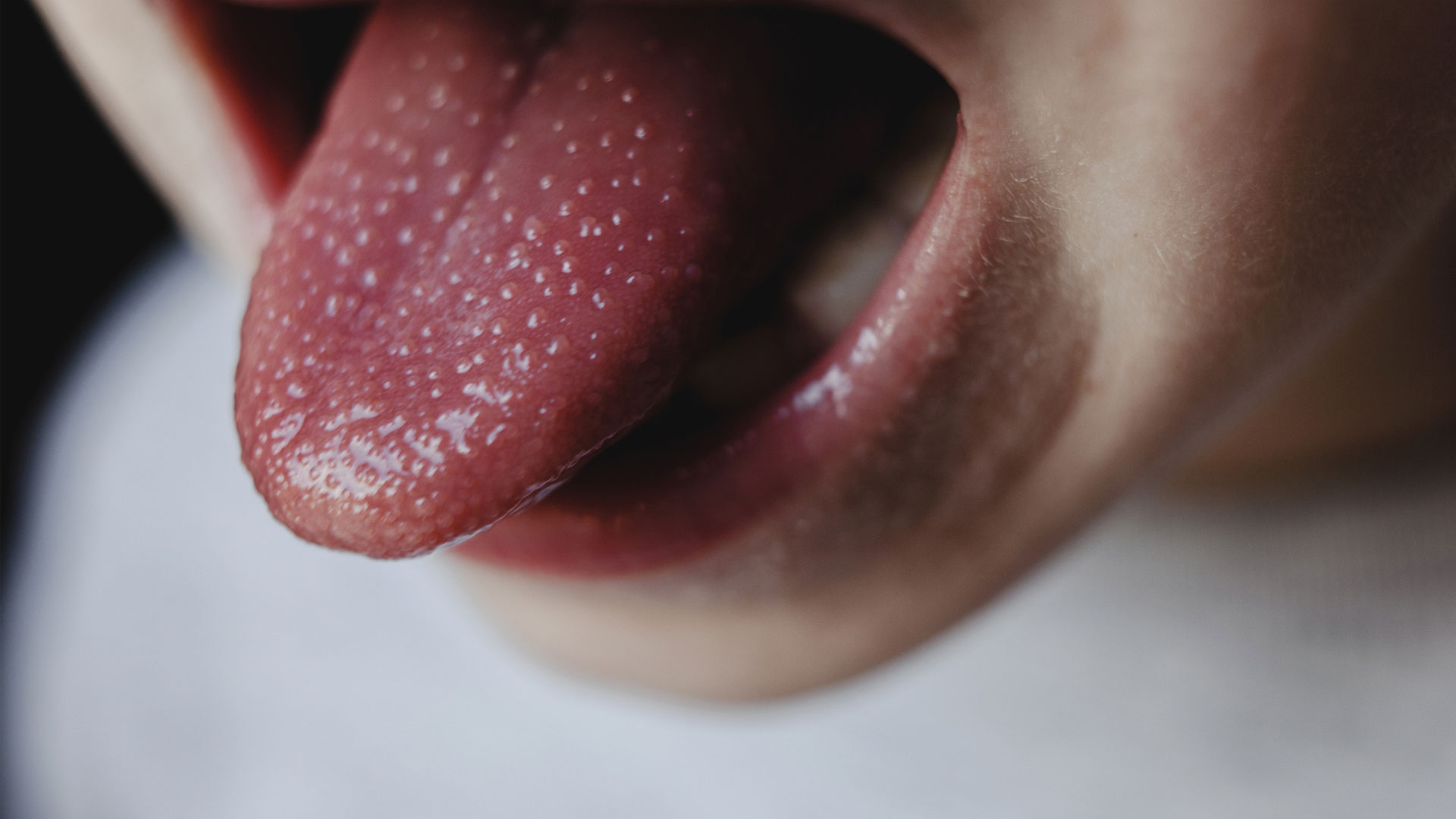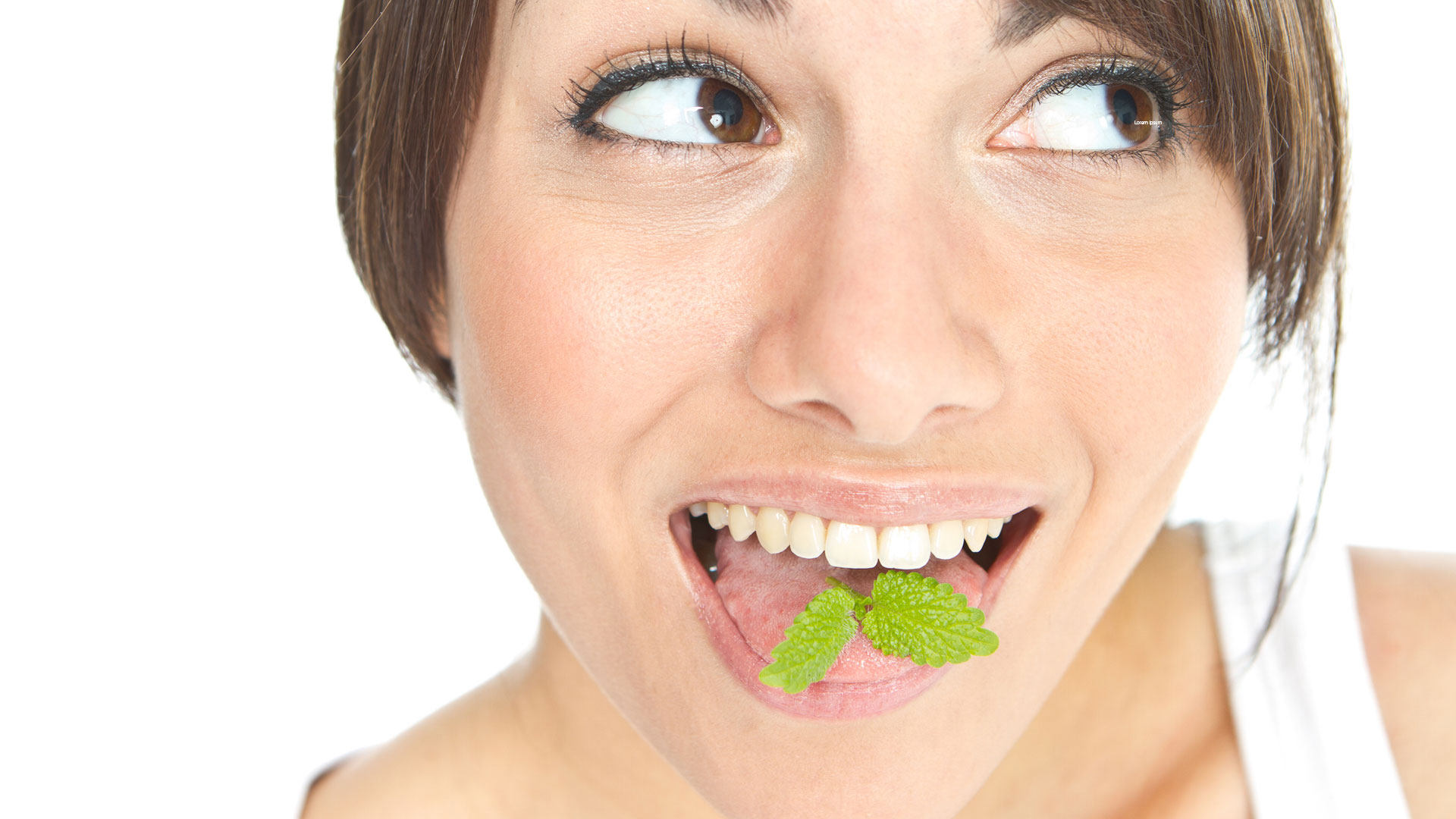Should you brush your tongue?
You clean your teeth and floss your gums but should you brush your tongue as well?

Wondering whether you should brush your tongue? We’ll be telling you all you need to know about maintaining a healthy tongue and improving your oral health.
Eastern and oriental cultures have practiced tongue cleaning for centuries. Old records refer to scraping your tongue as part of the 3000-year-old Ayurvedic medicine system in India where it remains a regular part of their regime today. Traditional Chinese Medicine uses the tongue’s appearance as an indicator of overall health, like a diagnostic tool to understand the root cause of a condition. Implements have been made from materials such as thin strips of wood, whalebone, and various metals for oral and tongue cleanliness.
A recent CDC report states 47.2% of adults aged 30 years and older have some form of periodontal disease. Although tongue hygiene hasn’t been researched as extensively as gums and teeth, there is a growing body of information to help you decide whether tongue brushing is worth incorporating into your daily oral routine, alongside one of the best electric toothbrushes.
Should you brush your tongue?
A recent image of the microbes coating the tongue has been captured from Cell Rep. Fluorescence spectral imaging was used to investigate the organization of around 20 billion microbes that live on the tongue. The report aims to extend our knowledge of the crucial relationship we have with the oral microbiome living symbiotically within us.
These organisms form complex communities creating biofilms on the tongue as well as on the teeth and gums. Biofilms offer an important ecosystem for bacteria and some of these microbes benefit us, but others can grow out of balance creating thick sticky coatings. According to The Role of Dental Plaque Biofilm in Oral Health the nature of the oral biofilm creates a defense to protect itself, and if not removed regularly, it reaches 'maturation’ and can become problematic causing dental cavities, decay, gingivitis, and periodontitis.

Tongue coating and tongue brushing: a literature review concludes that a build-up of biofilm on the tongue is one of the most common causes of bad breath, also known as halitosis. The review correlated that the amount of tongue coating in patients complaining of halitosis was significantly greater.
The tongue has a rough surface with various types of papillae that are the raised bumps we can feel. Food debris, bacteria, fungi and dead cells can reside within these crevices. It is understandable why mouthwashes alone may not be enough to help remove build-up on the tongue. This is why brushing makes sense, helping to dislodge and remove this oral debris.
Get the world’s most fascinating discoveries delivered straight to your inbox.
Should you clean your tongue with a toothbrush?
The Effect of Tongue Cleaning Methods and Oral Mutans Streptococci Level compared tongue brushing and tongue scraping. A flat plastic tongue scraper and a nylon small-headed toothbrush were the two tongue cleaning devices used. It found both methods were efficient in reducing levels of bacteria and observed that importance should also be placed on the action of physical removal as well as the instrument itself.
Another study, from Odontostomatol Trop, found that the bacteria mutants streptococci and Lactobacilli that contribute to dental cavities and gum disease could be reduced by tongue scraping. Here the patients participating in the study were given very specific instructions in cleaning the tongue and used a tongue scraper twice daily for at least two minutes per day for seven days. This was found to have a significant effect on reducing bacteria and also decreased oral halitosis.

Different types of tongue scrapers and brushes appear to be effective at removing build up. According to a study in the International Journal of Dental Hygiene, some scrapers may be more likely to induce the gag reflex than others.
It may be down to personal choice, and simple convenience to ensure regular practice.
Some toothbrush models, such as the Sonicare electric toothbrushes, now include a tongue-brushing attachment that is flat in appearance and resembles a combination of the brush and scraper.
What does a healthy tongue look like?
According to Tongue 101: Facts our tongue is as unique as our fingerprint and it’s the most flexible muscle in the body.
As noted in the study Tongue coating and salivary bacterial counts in healthy/gingivitis subjects and periodontitis patients the color of a normal tongue is either pinkish or is pink with a thin white coating.
Oral health expert Louise Langdon at the Oral Health Foundation told Live Science: "A healthy mouth generally will have a pink tongue. We don’t want to see any inflammation. Usually, anything that is red or white or standing out is a sign that there is something there that needs looking into."

Langdon added: "Our tongues are always going to look different, depending on whether you’re a smoker, have medical conditions, or have a dry mouth."
Langdon suggested that tongue cleaning is a good part of an oral hygiene routine: "Most would use their own toothbrush. Some brushes will have a knobbled effect on the back of the toothbrush depending on the manufacturer."
Also, advice was given not to brush or scrape the tongue aggressively as it might become dry and sore and it was recommended to clean once per day.
What happens if you skip brushing your tongue?
Discoloration of the tongue is the first sign we might notice to inform us something is off. You may have heard of 'black hairy tongue’, a condition where the papillae (those raised bumps on our tongue) become elongated and discolored, caused by factors such as poor oral hygiene, too much coffee, or certain medication.
It appears that brushing the tongue is a good preventative measure as documented by A Novel, Simple, Frequent Oral Cleaning Method Reduces Damaging Bacteria in the Dental Microbiota where they addressed the impact of oral cleaning on biofilm formation before it reaches maturity, which is the point we see a thicker coating on the tongue or feel the plaque biofilm on our teeth. They introduced the "frequent disruption of biofilm" concept and demonstrated that a model of cleaning the gums, teeth, and tongue with an index finger, followed by rinsing the mouth with water after eating was significantly sufficient to reduce bacteria.

Regular tongue brushing or scraping followed by rinsing could reduce the build-up of problematic bacteria that lead to oral health problems.
Other factors such as diet, water intake, and lifestyle also play crucial roles in the oral microbiome and its healthy function. Perspective is shifting towards how we can further support beneficial microbes within our oral ecosystem, using interventions such as probiotics and herbal mouthwashes.
Oh, and one more thing...don’t forget to clean your brush!
Michelle Oakwell Is a contributing freelance writer and business owner of Rockroot Wellness, with 20 years of experience in fitness, health, and wellness - specializing in mental and physical function and women’s wellness.



